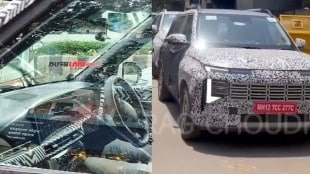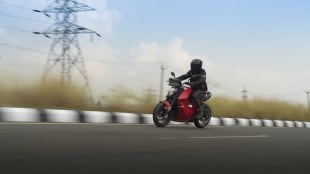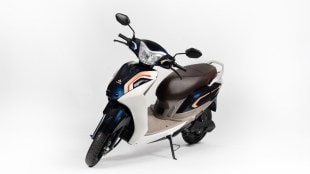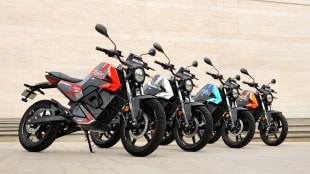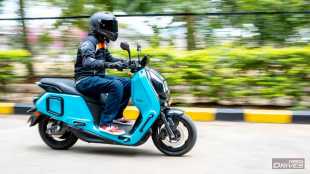By Shitendra Bhattacharya
It’s not just a test in Silicon Valley anymore; driverless cars are real. Cars that drive themselves are going from science fiction to the streets, with robotaxis in San Francisco and shuttles in Shenzhen. But what would it take for one to safely roll through the busy streets of Gurugram or Bengaluru? The answer is a lot, but India is slowly but surely getting ready for it.
Companies like Tata Motors, Mahindra, and Ashok Leyland are putting smart driver-assist features in their cars and trucks. At the same time, start-ups like Minus Zero, Swaayatt Robots, Flux Auto, and Flo Mobility are trying to solve the bigger problem of full autonomy in India’s unpredictable traffic.
The timing is helpful. AI chips are smaller and faster. 5G networks are being set up. And because India is good at software engineering, we have the people who can fix problems that are too complicated for ‘copy-paste’ solutions from the West.
You know why this is hard if you’ve ever driven on Indian roads. Cows on the road. People running across the street. Cars cutting in from nowhere. Lane markings that come and go. This is a driving environment that doesn’t follow neat rules, so any autonomous system here has to learn to deal with chaos instead of order.
Also, internet access drops as soon as you leave big cities, maps aren’t always accurate, and there is still no clear law for self-driving cars in India. All of this makes things harder, but it also makes them more interesting.
Indian companies are focusing on smaller, controlled pilots instead of going straight to robotaxis. Swaayatt Robots has been testing Mahindra SUVs that drive themselves on the streets of Bhopal, going as fast as 50 km/h. Flux Auto is making self-driving trucks for mines and industrial centres. Flo Mobility runs small shuttles without drivers in IT parks and private campuses. Minus Zero just got more money to grow its unique ‘nature-inspired AI’ that works even with fewer sensors. These vehicles aren’t completely driverless yet, but they are important steps in learning that the technology can work in real Indian conditions.
Research shows that most people are worried about self-driving cars, and that worry is even stronger in India. There is a reason to be afraid: the roads here are unpredictable, and trust will only grow when people see safe examples in real life. People needed time to believe that electric cars could really go the distance. Similarly, Indians will need to see driverless cars work safely in smaller settings before they believe they can work on highways.
There is no law in India right now about self-driving cars. But there are signs of willingness. Karnataka and Maharashtra are looking into pilot projects. The government’s big focus on smart infrastructure and logistics could naturally lead to driverless trucks and delivery vehicles.
What might help?
– Safe places where driverless cars can be tested.
– Rules for mapping, safety, and online security.
– Training programmes to help engineers and regulators get ready for the new tech.
India might not start with taxis that don’t have drivers. The first wave might be more useful:
Mining trucks without drivers in Odisha.
Robots in warehouses for online shopping.
Shuttles that take people around tech parks on campuses.
Even farm vehicles that can drive themselves around fields.
Each of these solves real problems, like safety, efficiency, and a lack of workers, without having to deal with city traffic first.
India’s version of freedom will never be the same as the West’s, and that’s a good thing. If a system that doesn’t need a driver can work on Indian roads, it can work anywhere. It won’t happen right away. It won’t happen in a straight line. But it is happening, one step at a time, one pilot at a time, one company at a time. India’s story about mobility is changing, from electric cars to self-driving ones. The only thing you need to think about is what you’ll do when a driverless car pulls up next to you in traffic. Will you smile, worry, or wave?





